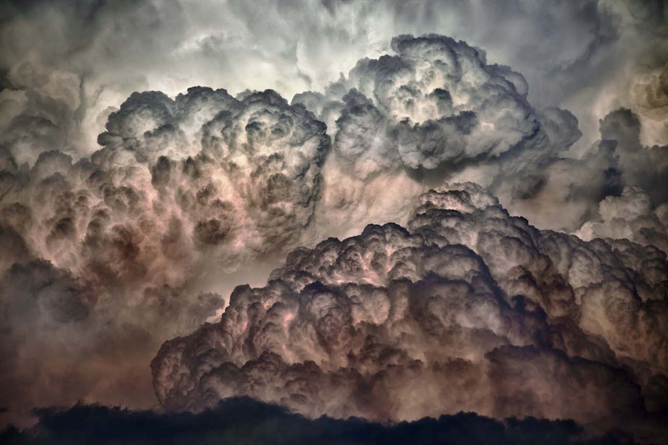
Sandra Gottlieb's new photographic series of cloud studies at sunset defies commonly held romantic assumptions about the acclaimed spectacle of the sunset leitmotif. (image top, Coud Study, Sunset No.2) With a 300-millimeter lens, Gottlieb captures a spectrum of rust red, warm gray and white edged with blue, in burgeoning clouds that convey a hint of a volcanic eruption. The deep blackness at the format’s horizon sends an edgy message that projects these images out of the realm of visual perception into a symbolic domain of awe and apprehension. They veer sharply from the conventional bright sunsets one normally envisions. Gottlieb transports the viewer directly into the midst of these roiling phenomena, whose shifting tones and portentous appearance may herald symbolically the approach of an impending storm or the advent of environmental upheavals.
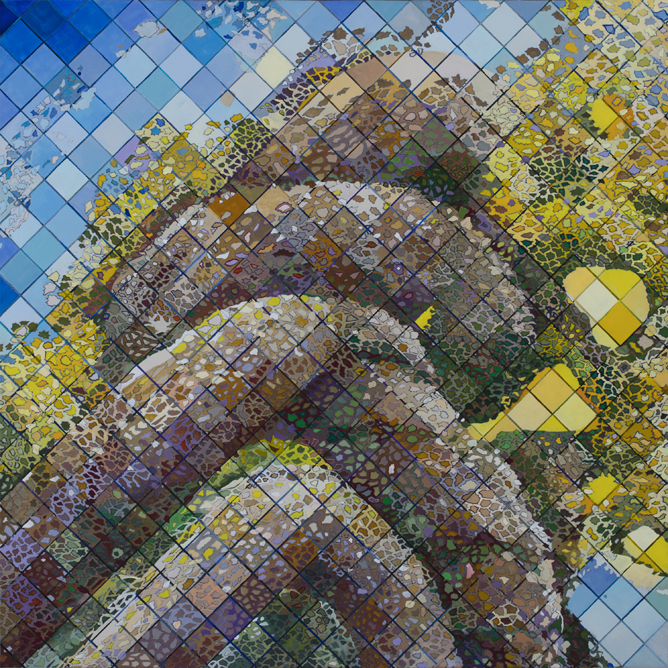
In her profound “twining” rope studies, Sharon Kagan discovers and highlights myriad microcosmic shapes she gleans from blown-up sections of drawings, to produce galaxies of forms in an exploration of the essence of matter that skirts the realms of science and philosophy. (image abovie, A Walk in the Park Joshua Tree, 2017) With vast networks of shapes set within systems of thick ropes, she creates an intricate space that undulates in a rhythmic universe of variations. The focus on rope as a motif implies binding or tying, as if the artist’s psyche or emotions are bound in a labyrinth that makes liberty or independence problematic. Yet these vibrant powerful works are optimistic, often rendered in nameable hues that shift them into familiar territory where, with persistence, enigmas can possibly be answered.
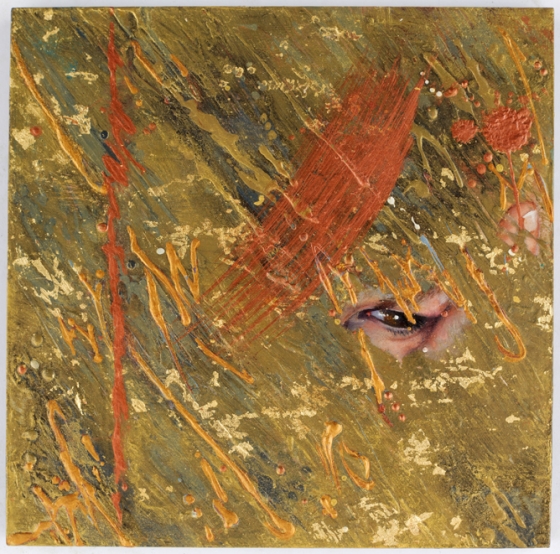
In an extended series of portrait paintings, Bobbie Moline-Kramer analyses character traits in which the feelings conveyed by facial expressions are intended to attract or repel others. She then paints non-representational patterns over the portraits, to create abstract imagery that correlates with the nature of the personality. Overlying painted patterns largely obscure the facial features. But the artist leaves enough to allow the works to exude a mysterious presence, as if someone hidden beneath is determined to emerge from obscurity. The abstract painted designs are meant to evoke the emotions of the expressions they subsume. In these pieces the realism of the facial forms paired with non-representational elements produce an intriguing hybrid tension on an intimate scale. (Image above, Ennui, 2015)
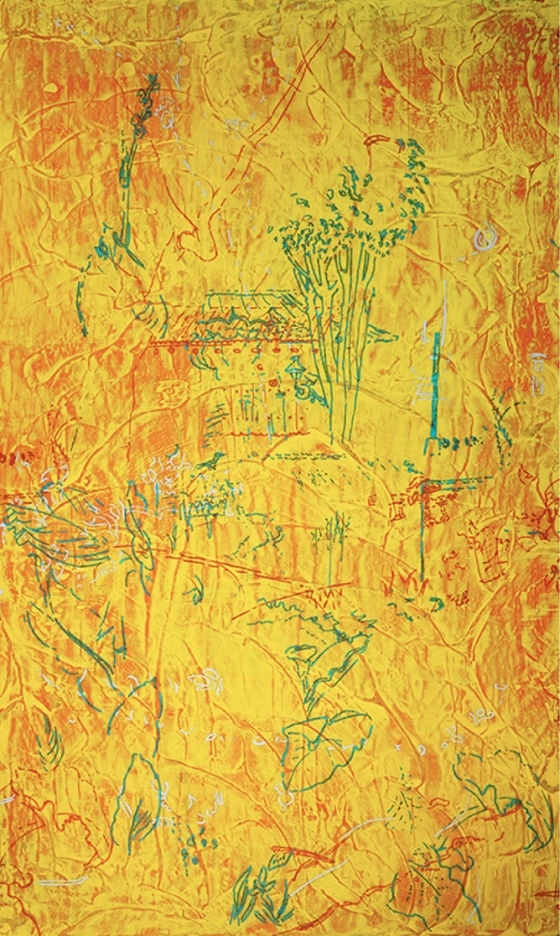
Rebecca Calderón Pittman makes transparent layered drawings and paintings that she overlaps in intuitive combinations, allowing chance to discover relationships between elements that come into her consciousness and daily experience. (image above, Invisible Font) These chance searches yield enigmatic, poetic tableaux in which connections are far from linear. They comprise fragmented stream-of-consciousness maps of the artist's unconscious, representing a visual diary of personal awareness that borders on dream imagery. The result is a sophisticated record with universal philosophical underpinnings that probes how memory recapitulates physical actions and the impressions they trigger. The ephemeral condition of broken lines and the elusive overlapped sequences of forms and configurations create an airy luminosity.
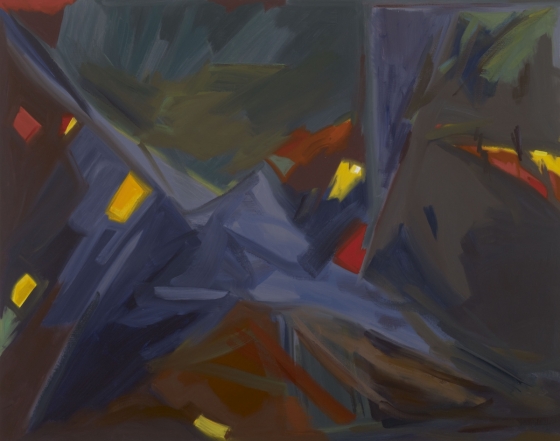
It is significant that Susan Sommer lives a wooded region of upstate New York; her works resonate with the sense of growing vegetation. The works hint at the smell of earth in the woods, without any literal translation. While her abstract paintings are ostensibly related in appearance to the brushy abstraction of the Modernist genre, they have a compelling enigmatic energy born of the hybrid components they combine. The artist's use of primary-colored pixels or squares, which alludes to TV show or game board patterns, enlivens the muted viridian, hookers green and the ochre-softened warm umber that she so fluidly employs. She imbues her art with visual music in pulsating rhythms. Sommer’s poetic works may express in strokes the opens wings of an eagle in flight or the patterned movements of leafy branches as they sway in the wind. The artist's relationship with the earth infuses her art with the power of nature's infinite fluctuations.
